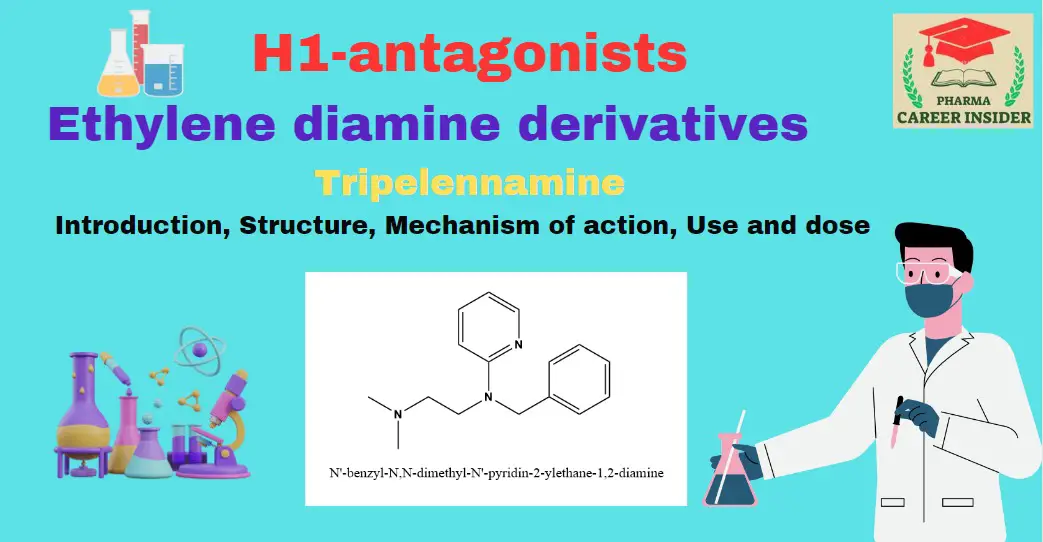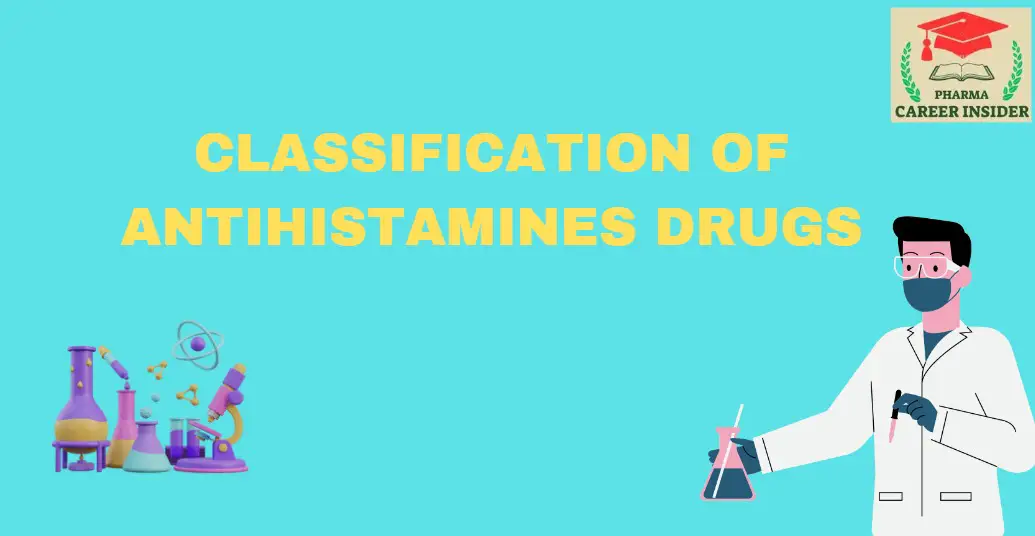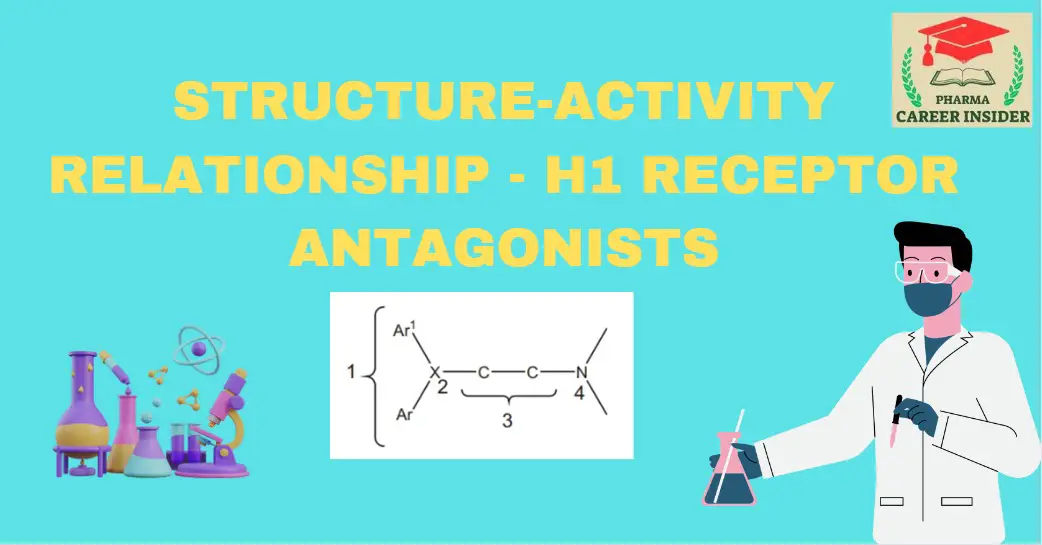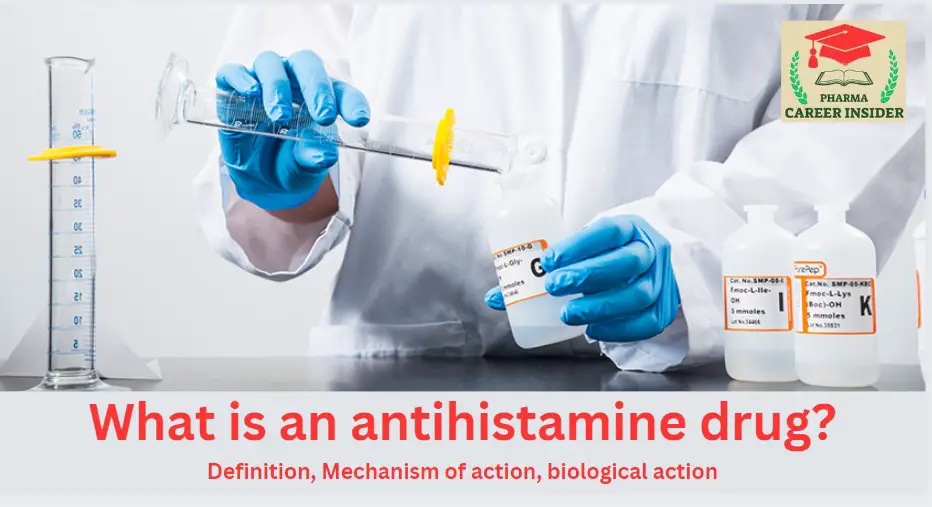H1-antagonists:
H1-antagonists, also known as H1 receptor antagonists or antihistamines, are a class of drugs that block the action of histamine at the H1 receptors. The body produces histamine, a natural substance that plays a key role in various physiological processes, especially in immune responses and allergic reactions. Ethylene diamine derivatives Ethylene diamine derivatives, characterized by … Read more




